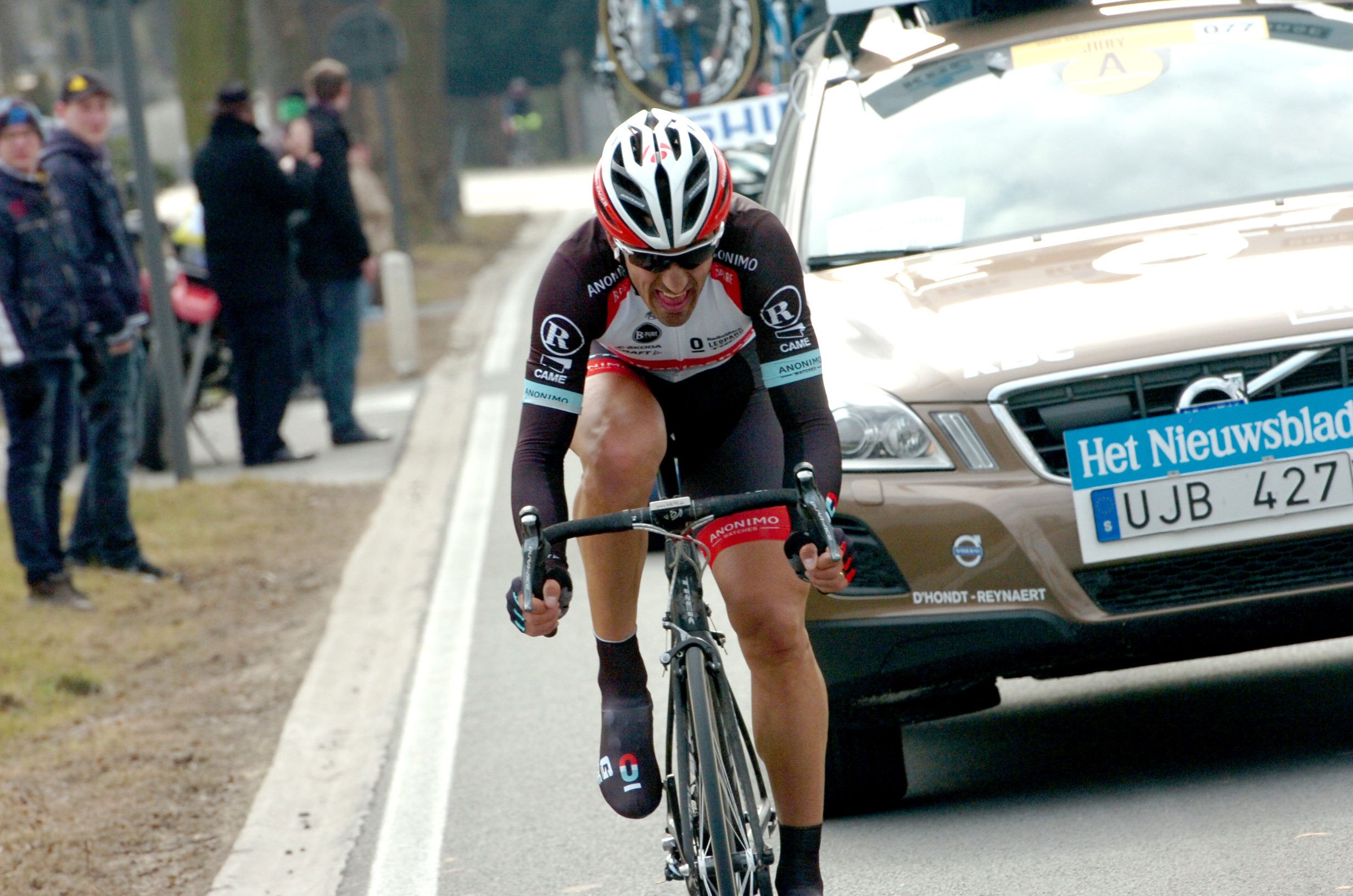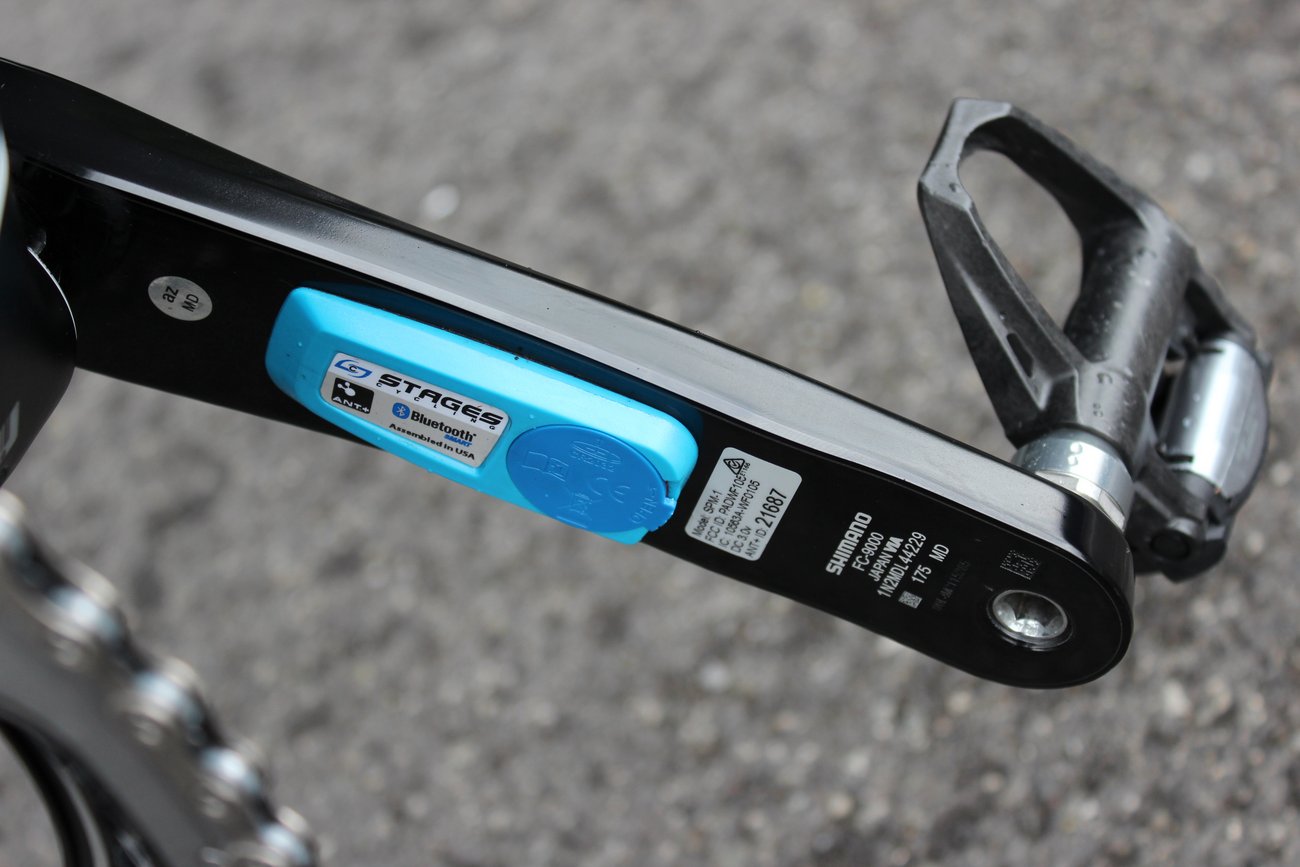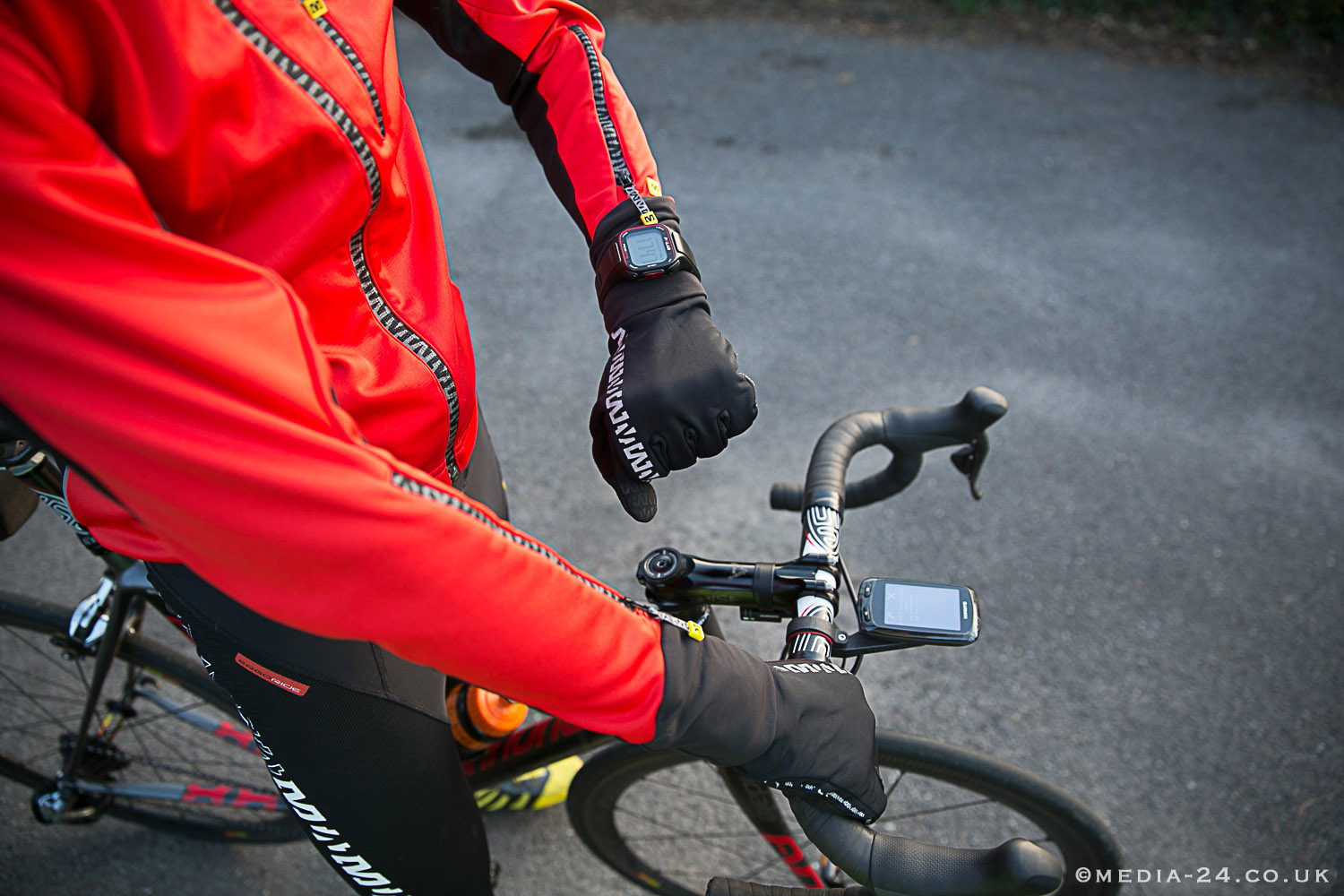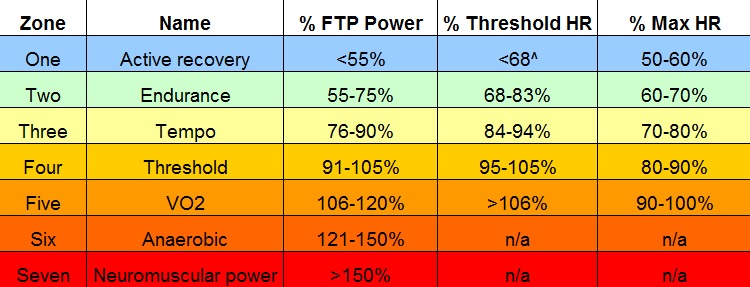3. How do I calculate my zones?
-

Coach Tom Kirk recommends dropping a gear and lowering your cadence to prepare for the effort of short, steep climbs if you live in a flat area (Pic: Sirotti)
-

The Stages power meter is used by Team Sky and is pictured here on Geraint Thomas' bike
-

If you want to calculate your training zones then prepare to ride hard (Pic: Media24)
-

Use your training zones to work on specific areas of your fitness in the build-up to the Etape du Tour (Pic: Factory Media)
-

You can use your training zones to recognise when it's time to step off the gas (Pic: Sirotti)
-

Hill reps are an effective way to improve your climbing prowess
3. How do I calculate my zones?
To calculate your individual training zones you need to know one of the following things: your functional threshold power, your heart rate at anaerobic threshold or your maximum heart rate.
Your maximum heart rate is the easiest of these to calculate. The old adage of 220 minus your age is more likely to be incorrect than correct so it’s time to get on the bike and go hard.
First off, you will need a heart rate monitor and a good warm up. Ride for ten minutes at a steady pace and then ride progressively harder and harder for another ten minutes, before spinning the legs out for ten minutes before you start the test.
Do you have a coaching question or training topic you’d like covered on RCUK? E-mail [email protected]
Now pick a section of road (minimum of five minutes long – a hill is best) and start off at an intensity you think you can just about hold until the end. Every minute accelerate and ride a little bit harder until you are right at your limit, then try and sprint for as long as your legs will allow. Record your maximum heart rate.
To calculate your functional threshold power or your heart rate at anaerobic threshold you need to ride for a little longer. Again, a good warm up is important and then you need a section of road two minutes long. Set off at a pace you feel you can just sustain for 20 minutes (this is probably slightly easier than you think) and aim to hold this intensity for 17 or 18 minutes, at which point give it everything until the end. You need to record your average power and average heart rate for the 20 minutes. To calculate your FTP take the power and multiply it by 0.95. Do the same for your average heart rate to calculate your threshold heart rate.
There are many training zone models but if you are working with maximum heart rate then I would recommend Sally Edwards’ zones. Otherwise, I would recommend Andy Coggan’s zones if you are using threshold heart rate/power. These models will give you five or seven to work with respectively – let’s take a closer look at each zone and how to you use them to make the most of your training.





